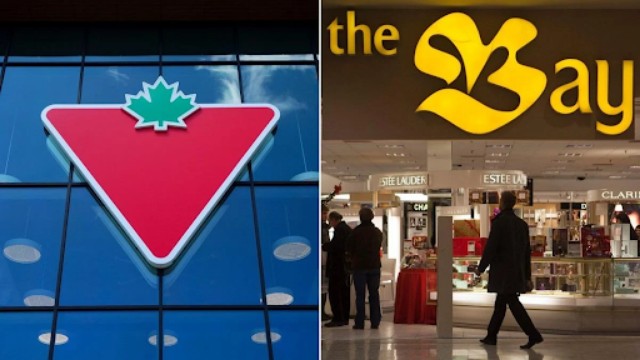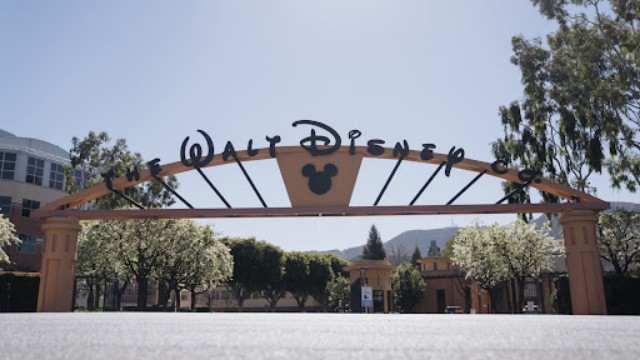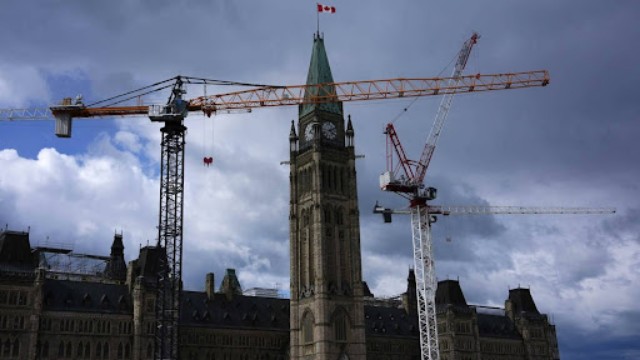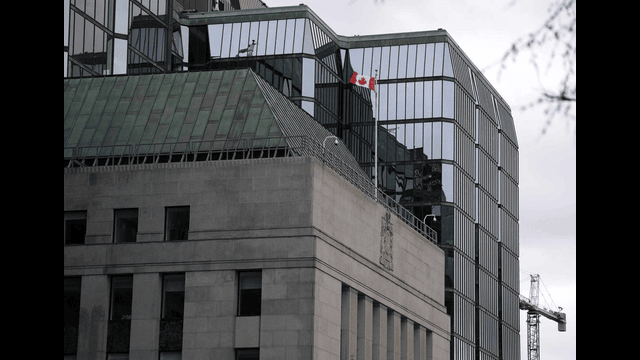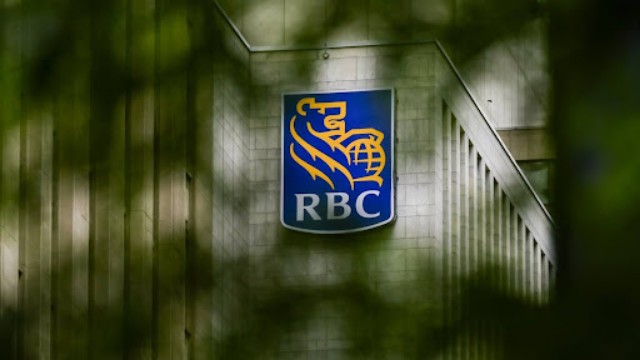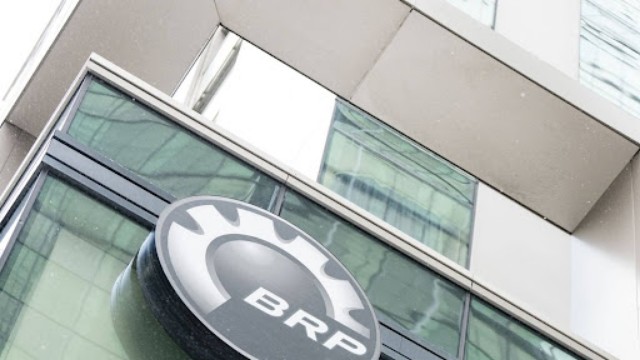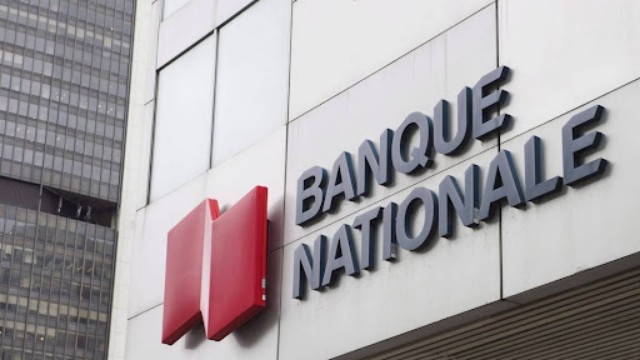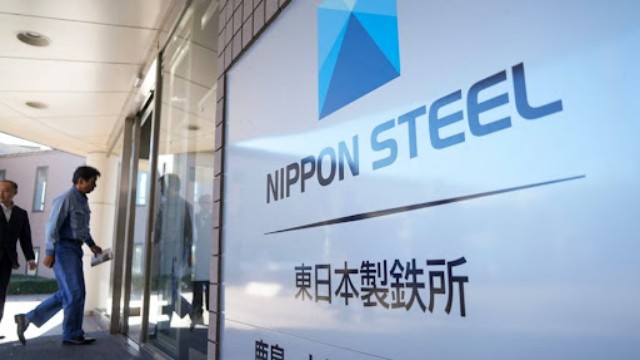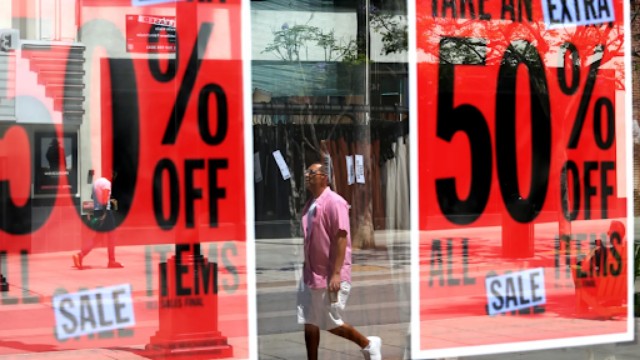
Shoppers are seen reflected in the window of a store advertising a 50% discount on everything along Third Street Promenade in Santa Monica on July 16, 2024. Photo by Genaro Molina / Los Angeles Times / Getty Images.
Retailers across the U.S. are sounding the alarm, urging shoppers to grab their favourite products now before tariffs send prices climbing. With trade tensions heating up under former President Donald Trump’s proposed tariffs, brands like Beis, Fashion Nova, Bare Necessities, and Knix are scrambling to stay afloat—and getting creative with how they connect with buyers.
The concern? A looming increase in import duties—up to 145% on goods from countries like China—is already causing businesses to rethink their supply chains and sales strategies. Though many tariffs have been paused or reduced for now, the uncertainty has left retailers struggling to plan, forcing them to act quickly to avoid a steep drop in consumer spending.
Instead of waiting to be blindsided, some brands are launching early sales, cleverly disguised as pre-tariff promotions. Bare Necessities, for example, slashed prices by 30% and told customers it was time to “stock up before tariffs hit.” Their cheeky texts poked fun at the situation: “We didn’t know how to spell tariff last week, but we do know this: up to 30% off is a good idea!”
Luggage brand Beis took a different approach. Instead of slashing prices, they shared a humorous, brutally honest letter with shoppers. The message? Tariffs are a “dumpster fire,” and while prices haven’t changed yet, they likely will soon. With lines like “our spreadsheets have spreadsheets,” Beis kept it light but clear: if you’ve had your eye on something, now’s the time to buy.
The strategy behind these moves is simple—boost sales now before shoppers become hesitant to spend. Retail analysts say it’s a smart short-term play. Sonia Lapinsky, managing director at AlixPartners, explained that getting money in the door now—even with smaller profit margins—is better than having unsold stock later. “It’s better to have 80% of the dollars now,” she said, rather than risk empty stores in a few months.
For smaller brands without the massive reach of giants like Target or Walmart, this approach could be critical for survival. Unlike large retailers with global supply chain flexibility, small direct-to-consumer labels often rely on limited overseas production. That leaves them more vulnerable if tariffs hit hard.
Marketing professor Lauren Beitelspacher from Babson College says these smaller businesses are walking a tightrope. With fewer options for sourcing goods and tighter budgets, every sale counts. If consumer confidence dips, their survival could be at risk.
Interestingly, this wave of pre-tariff promotions may be influencing spending trends. March saw stronger-than-expected sales data, which experts partially attribute to shoppers rushing to make big purchases before prices spike.
Despite the playful tones and jokes, the core message from these brands is serious. Prices are likely to rise, and shoppers may find fewer deals later. While no one can predict exactly when or how tariffs will impact the market, many companies are doing what they can, now—before the window closes.
And for customers? The takeaway is simple: if you’ve been waiting to buy, don’t wait too long. The discounts may disappear as quickly as they came.


